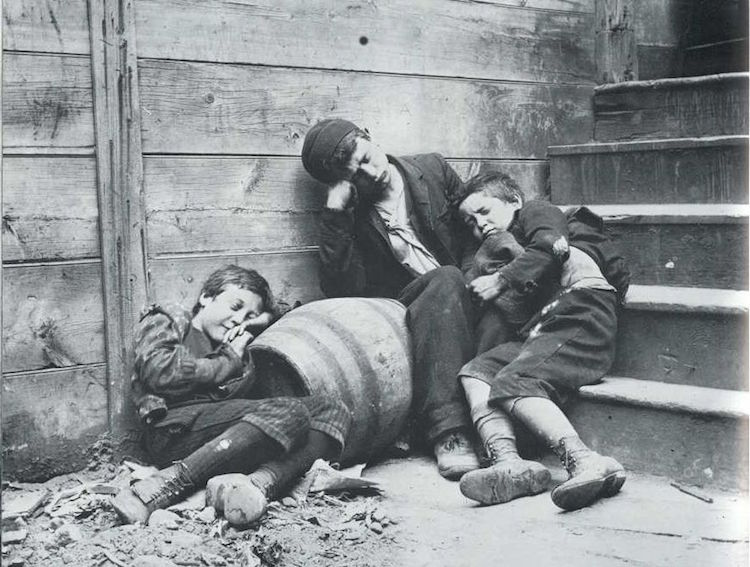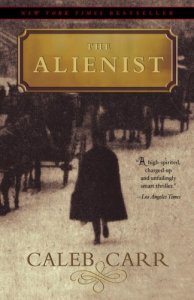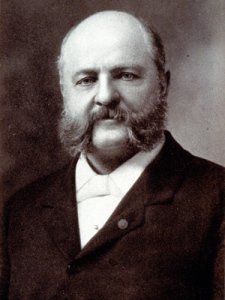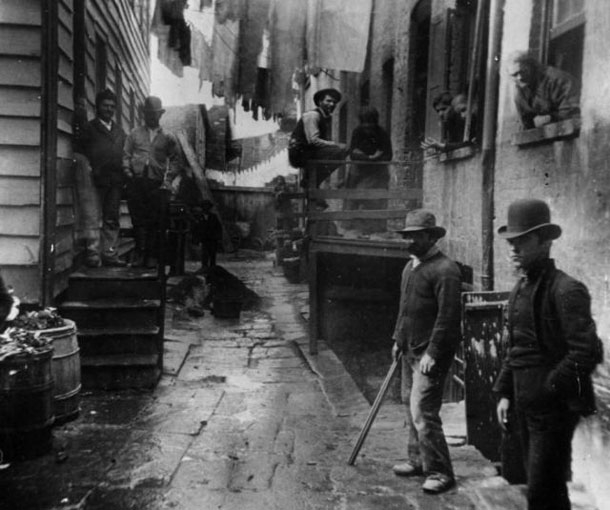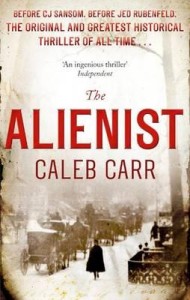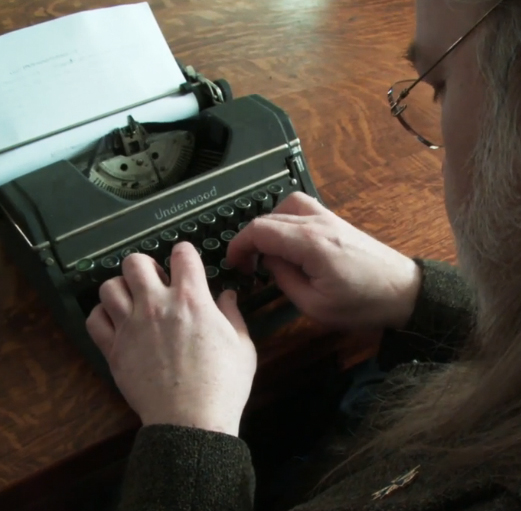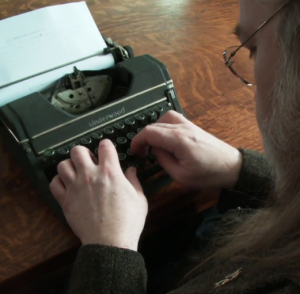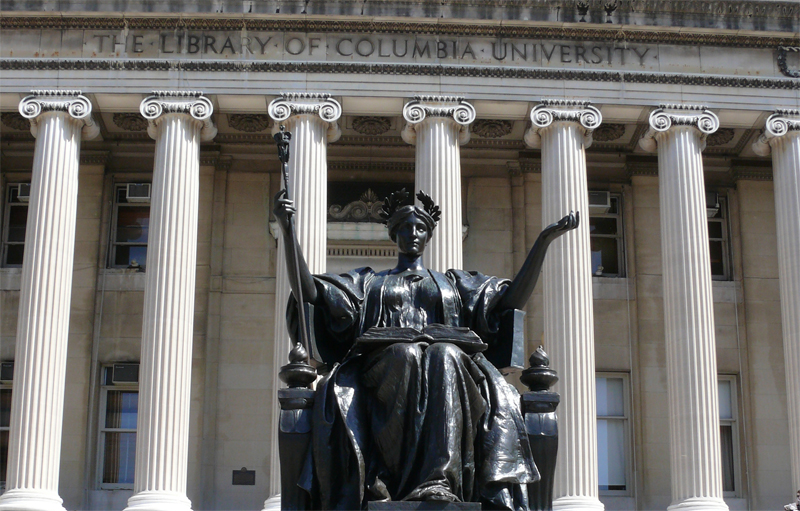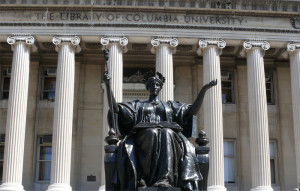As we fast approach the conclusion of the 20th anniversary year of The Alienist‘s publication, I am honoring the milestone for the second last time on 17th Street with Part Two of a special three part blog series examining the novel’s central themes. In addition to presenting The Alienist as a superb piece of historical fiction, Part One in the blog series explored two of the novel’s central themes—corruption and hypocrisy—to help to explain why the investigative team attracted so many “powerful enemies” as they pursued their killer. Specifically, it was their enemies’ fear of exposure of “all the hidden crimes that we commit when we close ranks to live among each other,” as Dr. Kreizler put it at the conclusion of The Alienist, that was so very dangerous to the city’s power brokers at the time. As we continue our discussion in Part Two, we will be examining these “hidden crimes” more directly as we explore some of the themes in the novel that relate to the hidden world of the family behind closed doors.
N.b. The following post contains major spoilers for The Alienist. To read a spoiler-free synopsis, please refer to the summary page.
Society’s Secret Sins
One of the more surprising twists in the final chapters of The Alienist was the assistance provided by Paul Kelly’s right-hand man, eat-’em-up Jack McManus, during John Moore and Dr. Kreizler’s final confrontation with the killer. Puzzled about why Kelly, a notorious gangster, might have decided to help the doctor in such an essential way given his efforts to cause mayhem and disruption earlier in the investigation (see Part One), one of the final scenes in the novel involves John visiting Kelly at the latter’s New Brighton Dance Hall. Although Kelly feigns ignorance about the part his henchman played in the crucial battle, he does provide John with one tantalizing hint regarding his motives.
“I’m not saying I know anything about it, of course. But ask yourself this when you get a free minute—of all the people who were up there tonight, who do you think is really the most dangerous to the boys uptown?”
The Alienist, Chapter 46
This view is reflected in the outrage we see the censor of the United States Post Office, Anthony Comstock, express during a meeting he and other prominent New York figures, including the famed financier J. P. Morgan, have with John and Dr. Kreizler early in Part III of the novel. Comstock claims during this meeting that he believes it is Dr. Kreizler’s intent to “spread unrest by discrediting the values of the American family and society” through the pursuit of an investigation that relies heavily on a theory founded in psychological determinism being found to have merit; specifically, Dr. Kreizler’s theory of “context” in which it is proposed that an individual’s personality and behavior in adulthood is determined by his or her experiences during infancy and childhood. Comstock is not alone in his concerns, with J. P. Morgan joining Comstock in expressing his misgivings about the implications of Dr. Kreizler’s theory as well.
“Mr. Comstock has the energy and brusqueness of the righteous, Dr. Kreizler. Yet I fear that your work does unsettle the spiritual repose of many of our city’s citizens, and undermines the strength of our societal fabric. After all, the sanctity and integrity of the family, along with each individual’s responsibility before God and the law for his own behaviour, are twin pillars of our civilization.”
The Alienist, Chapter 30
Although Dr. Kreizler successfully contends during the meeting that he has never “argued against the idea that every man is responsible before the law for his actions, save in cases involving the truly mentally diseased,” this is not the first time Dr. Kreizler has faced open opposition to his work or theories. Indeed, early in the novel we see John express his disbelief that Police Commissioner Theodore Roosevelt would so much as countenance the Doctor taking part in any police investigation given the general public’s opinion of his friend’s work.
| Continue reading →

